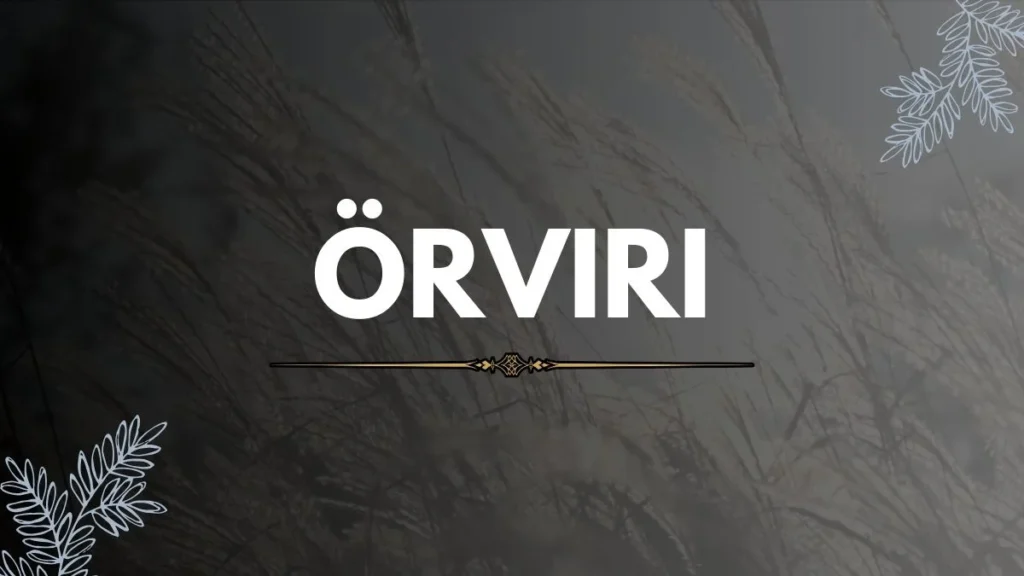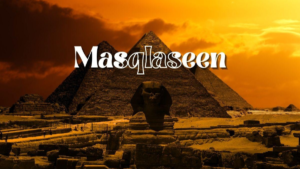
Introduction to Íslensk örviri
Step into the enchanting world of Íslensk örviri, where intricate designs and rich cultural heritage intertwine to create a timeless art form. Journey with us as we explore the fascinating history, significance, and modern interpretations of Örviri in Icelandic culture. Let’s unravel the beauty and complexity of this traditional craft that continues to captivate hearts around the globe.
History and Evolution of Örviri
Örviri, a beautiful and intricate form of Icelandic embroidery, has a rich history that dates back centuries. Originally crafted by skilled artisans to adorn clothing and accessories, örviri has evolved over time to become a symbol of cultural heritage and artistic expression in Iceland.
The art of örviri has been passed down through generations, with each stitch telling a story of tradition and craftsmanship.
From simple geometric patterns to more elaborate designs inspired by nature, the evolution of örviri showcases the resilience and creativity of Icelandic artisans. Today, this traditional embroidery technique continues to captivate audiences worldwide with its timeless charm and unique aesthetic appeal.
The Importance of Örviri in Icelandic Culture
Örviri holds a significant place in Icelandic culture, deeply rooted in tradition and symbolism. These intricate metalwork pieces are not merely accessories but embody stories of heritage and identity. Passed down through generations, Örviri represents a connection to the past that is cherished and preserved with pride.
In Icelandic folklore, Örviri is believed to carry protective powers, shielding the wearer from harm and bringing good fortune. Its presence in ceremonies and celebrations highlights its importance as more than just adornment; it’s a symbol of strength, resilience, and unity within the community.
The craftsmanship involved in creating Örviri showcases the skill and dedication of artisans who meticulously craft each piece by hand. This attention to detail reflects the value placed on tradition and craftsmanship within Icelandic society.
As an integral part of cultural expression, Örviri serves as a tangible link to Iceland’s rich history, preserving customs that have withstood the test of time. Its significance goes beyond aesthetics; it is a testament to the enduring spirit of Icelandic culture.
How to Create Örviri
Creating Örviri is a craft deeply rooted in Icelandic tradition, requiring patience and skill. To start, gather high-quality silver or gold wire along with colorful beads or stones for embellishment. Begin by shaping the wire into intricate patterns that reflect your personal style and inspiration.
Next, carefully thread the beads onto the wire in a symmetrical fashion, paying attention to detail and balance as you go. Each bead should add depth and meaning to your design, telling a story through its placement within the pattern.
As you continue building your Örviri piece, keep in mind the importance of symmetry and precision. The final touches can make all the difference – consider adding small charms or unique elements that elevate your creation to a work of art.
Remember, creating Örviri is not just about technical skill but also about infusing each piece with intention and creativity. Let your imagination guide you as you craft something truly special that embodies the essence of Icelandic culture.
Traditional vs Modern Örviri Techniques
Traditional Örviri techniques have been passed down through generations, rooted in the rich history of Icelandic culture. These methods involve handcrafting intricate patterns using fine threads and needles, creating timeless pieces with deep cultural significance.
On the other hand, modern Örviri techniques embrace innovation and technology to push the boundaries of design possibilities.
While traditional techniques honor heritage and tradition, modern approaches bring a fresh perspective to this ancient art form. Both styles showcase the versatility and creativity that örviri encompasses, appealing to a diverse audience who appreciates both the authenticity of tradition and the excitement of contemporary reinterpretation.
Popular Örviri Designs and Meanings
Örviri designs encompass a wide array of symbols and motifs that hold deep cultural significance in Icelandic heritage. From intricate knotwork patterns symbolizing unity and eternity to Viking-inspired imagery representing strength and courage, each design tells a story rooted in tradition.
One of the most popular Örviri designs is the Helm of Awe, known for its protective qualities against adversaries. This striking eight-armed symbol is believed to instill fearlessness and inner strength in those who wear it.
Another beloved motif is the Vegvísir, a compass-like symbol guiding travelers through life’s journey with clarity and purpose. Its intricate details reflect the complexity of navigating one’s path amidst challenges.
The Tree of Life design represents growth, resilience, and interconnectedness with nature—a powerful reminder of our roots and aspirations intertwined within the fabric of existence. Each Örviri design carries layers of meaning waiting to be discovered by those who delve into their intricacies.
Modern Uses of Örviri in Fashion and Art
Örviri has found a new home in the world of fashion and art, blending traditional Icelandic aesthetics with modern creativity. Designers and artists are incorporating Örviri patterns into clothing, accessories, and even contemporary artworks. The intricate designs and symbolic meanings of Örviri add a unique touch to any piece.
In the realm of fashion, Örviri can be seen adorning scarves, sweaters, and jewelry items. Its timeless appeal resonates with those seeking a connection to Iceland’s rich cultural heritage while making a bold fashion statement. In art galleries worldwide, Örviri-inspired pieces captivate audiences with their fusion of tradition and innovation.
From runway shows to gallery exhibitions, Örviri continues to inspire creatives across different disciplines. By infusing this ancient craft into modern creations, artists are keeping the spirit of Örviri alive for future generations to appreciate and enjoy.
Controversies Surrounding the Appropriation of Örviri
Critics point out that reducing this traditional craft to a mere fashion statement can undermine its cultural significance and history. On the other hand, supporters believe that sharing örviri with the world can help promote awareness and understanding of Icelandic heritage.
As discussions around cultural appropriation continue to evolve, both creators and consumers need to be mindful of the origins and meanings behind örviri designs. Finding a balance between admiration and respect is crucial in navigating these sensitive conversations surrounding cultural expression in today’s globalized society.
Conclusion
In conclusion, örviri is not just a craft; it embodies the essence of Icelandic culture and heritage. Its evolution from traditional techniques to modern interpretations reflects the adaptability and creativity of its practitioners. As örviri continues to be integrated into various forms of art and fashion, it serves as a bridge between the past and the present, keeping Icelandic traditions alive in contemporary society.
As we celebrate the rich history and vibrant future of örviri, let us continue to preserve this unique craft for generations to come.





